Lifetime Of Love! Sarus Crane
As the legend goes, one morning a young Prince Siddhartha, many years before he would become the Buddha, was sitting in the garden of his father’s palace. Suddenly a wounded Sarus crane fell from the sky and onto his feet. It had been shot by an arrow.
Siddhartha, feeling sorry for the beautiful bird, took it into the palace. He treated the wound and started to nurse the bird back to good health.
Devadatta, a cousin of Prince Siddhartha came to the palace and claimed that the Sarus crane was his and he had been the one who shot it with an arrow. Siddhartha refused to hand it over and they fought over the beautiful bird.
The dispute of the fallen bird was taken to the court of the King. After listening to both of them, the king decided that the bird will be kept by Siddhartha, not Devadatta, as the bird belonged to the boy who had saved its life, not the one who had tried to kill it.
This story about young Prince Siddhartha and the Sarus crane is one of the reasons why the bird has always had a deep meaning for Buddhists and other people. But, even without the legend, the Sarus crane is clearly a special bird, which can be found in stories, songs and painting as well.
Another legend says that Valmiki, who composed the Ramayana, was watching a pair of Sarus Cranes dancing when a hunter’s arrow killed the male. The female Sarus was bereaved and her loud wailing calls moved Valmiki to curse the hunter. The curse turned out to be in rhyme. That was the first-ever poetic expression or as we call in Hindi “Padhya”. He then went on to write a poem and that gave us our first ever epic poem known as Mahakavya Ramayan. This epic depicts the pathos of the female Sarus’ wailing and dying in Sita’s sorrow.
They are the world’s tallest flying birds. And they look so beautiful. But sadly they are on the endangered red list. The Sarus crane grows to almost 6 feet tall and its wingspan is not less than 8 feet.
The behaviour of the Sarus crane is another characteristic that has endeared it with people for so many years. They live in pairs, never separating from their partner for a single moment. To an observer, it looks like pure faith and dedication. It’s no wonder that the bird is considered to be a symbol of love.
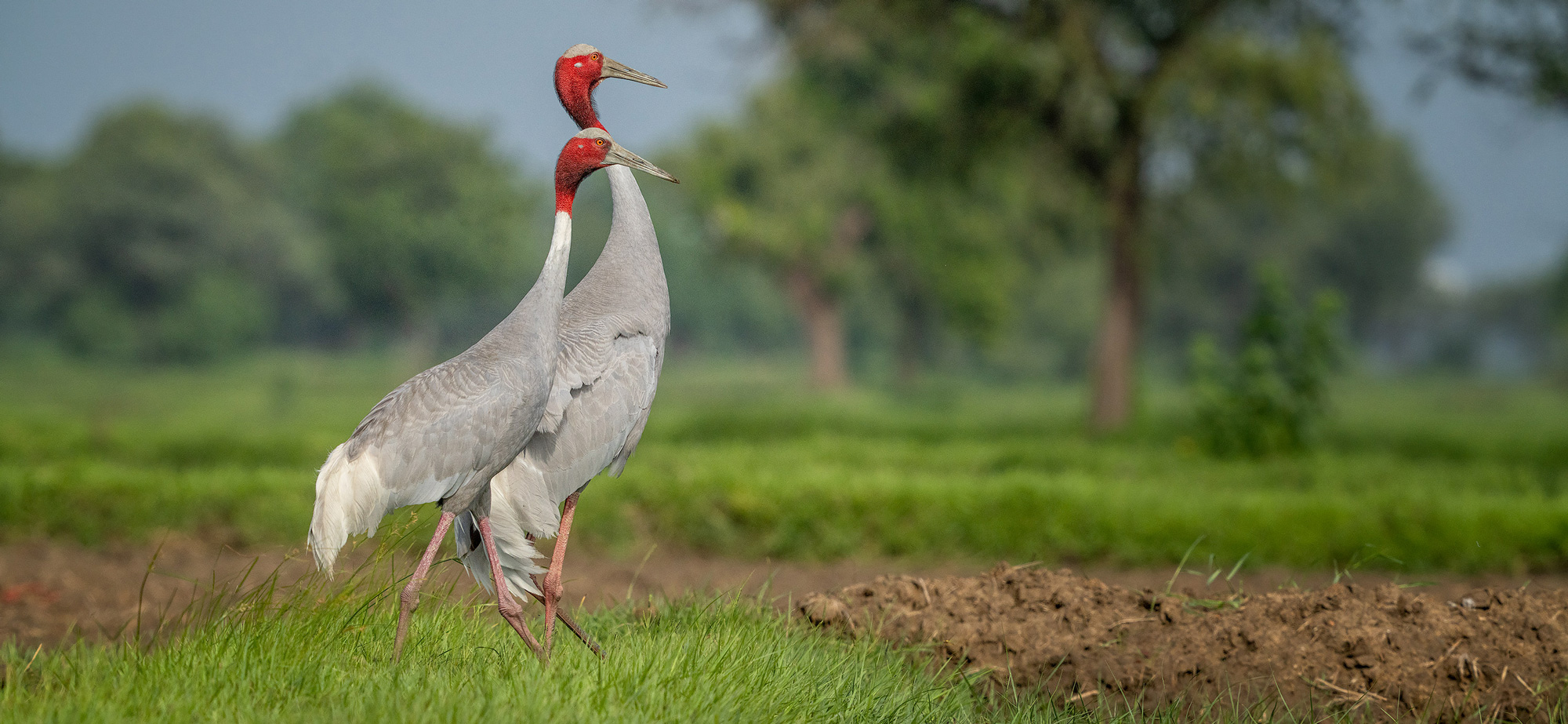
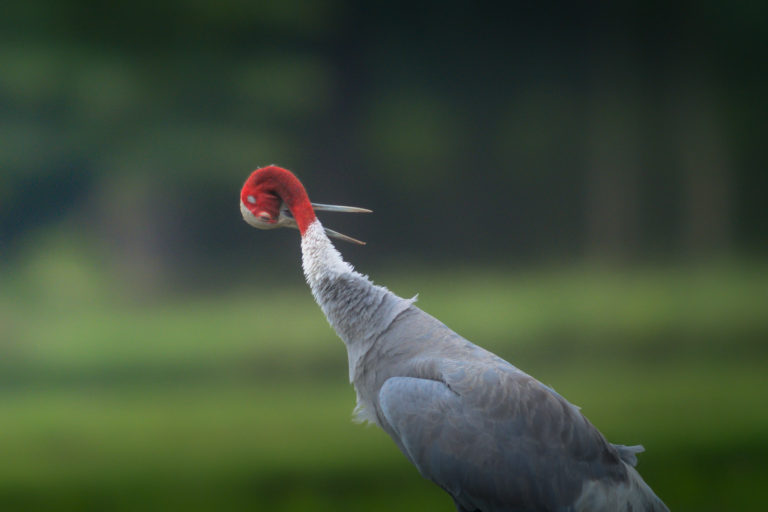
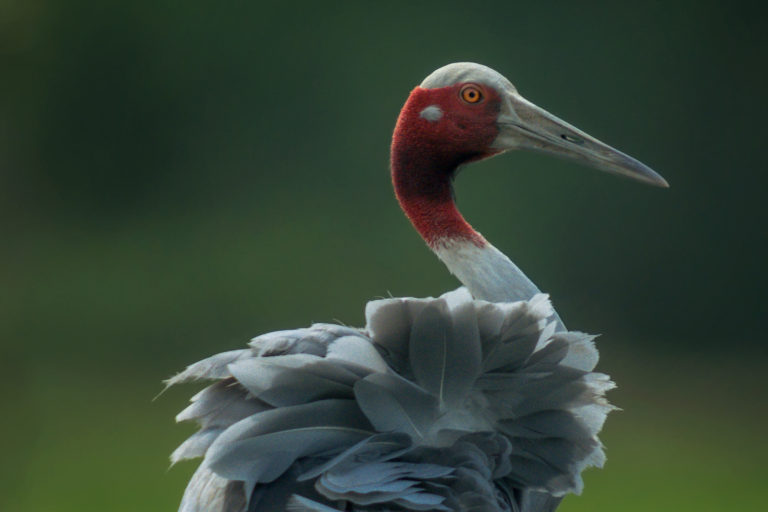
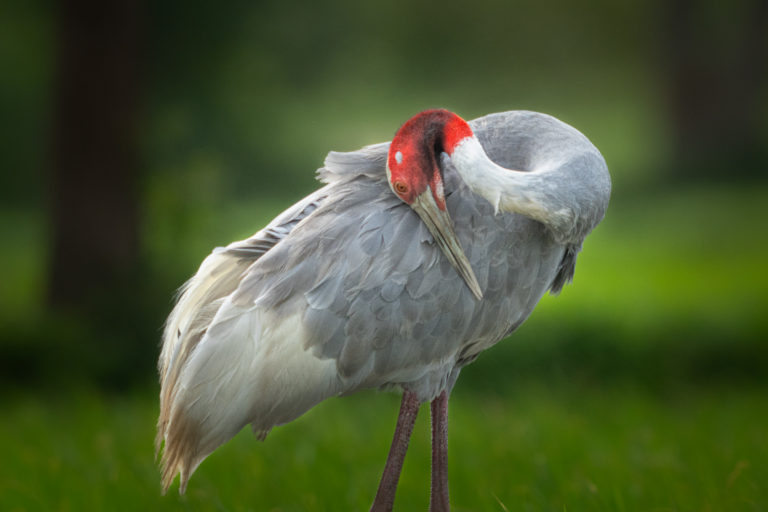
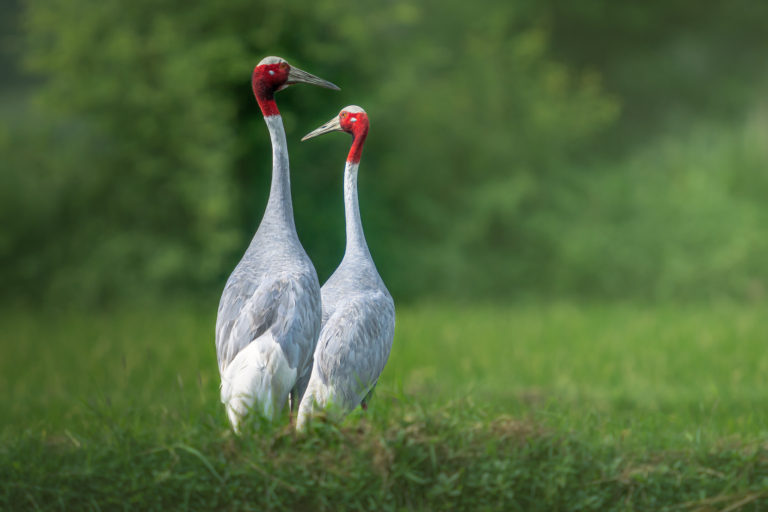
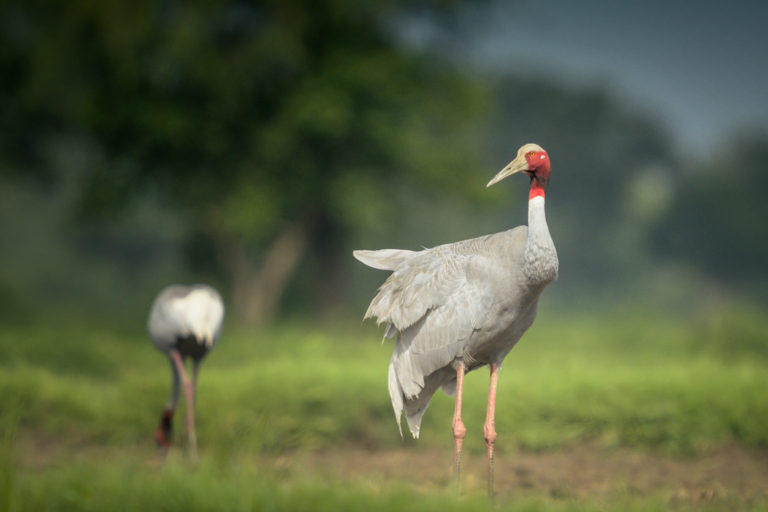
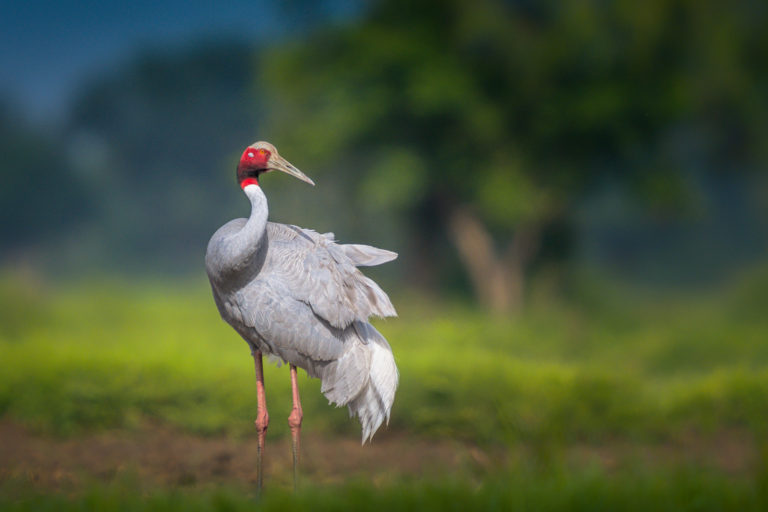
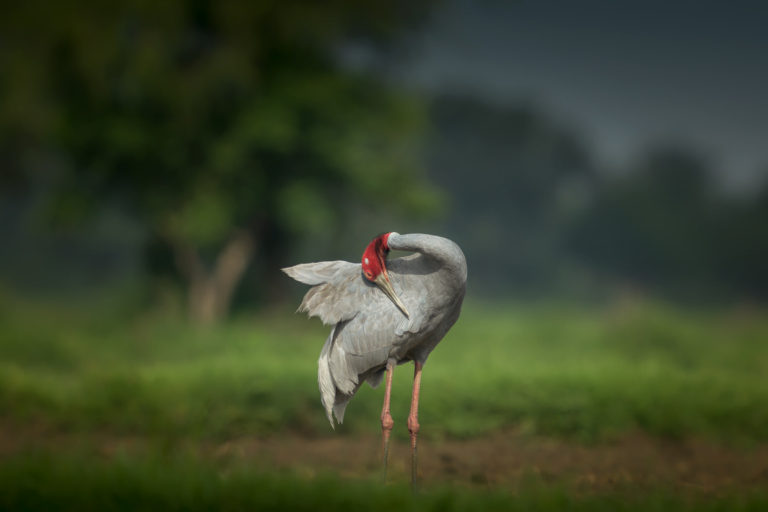
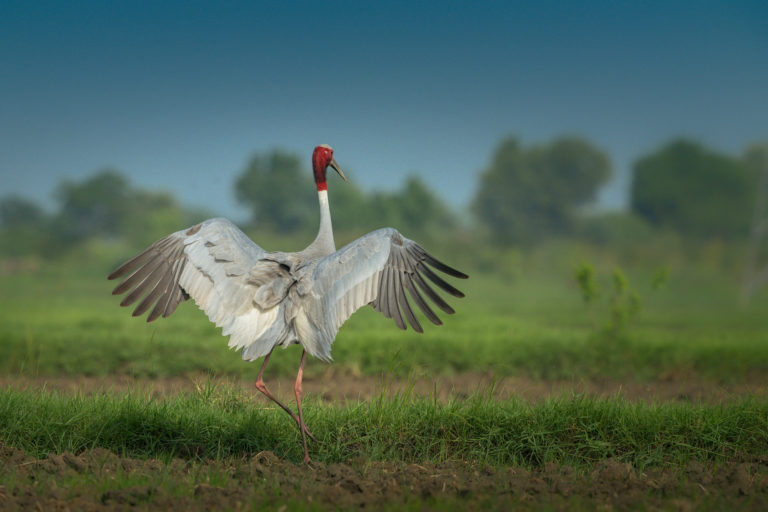
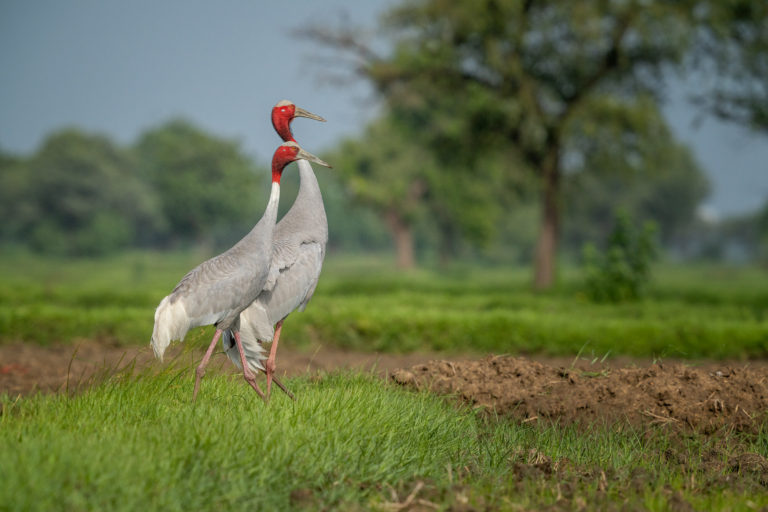

Excellent post. Keep posting such kind of info on your blog. Dulcine Woodman Loralyn
you might want to subscribe updates.
Great 👍
Thank you 🙂